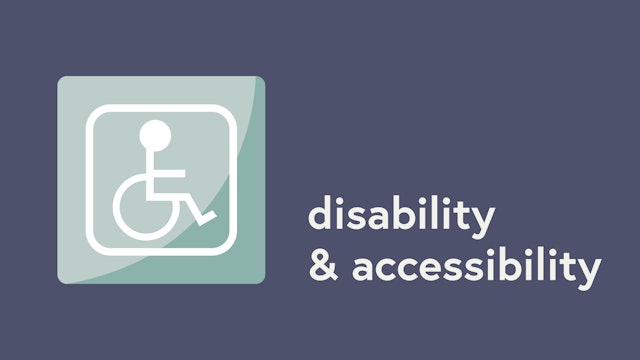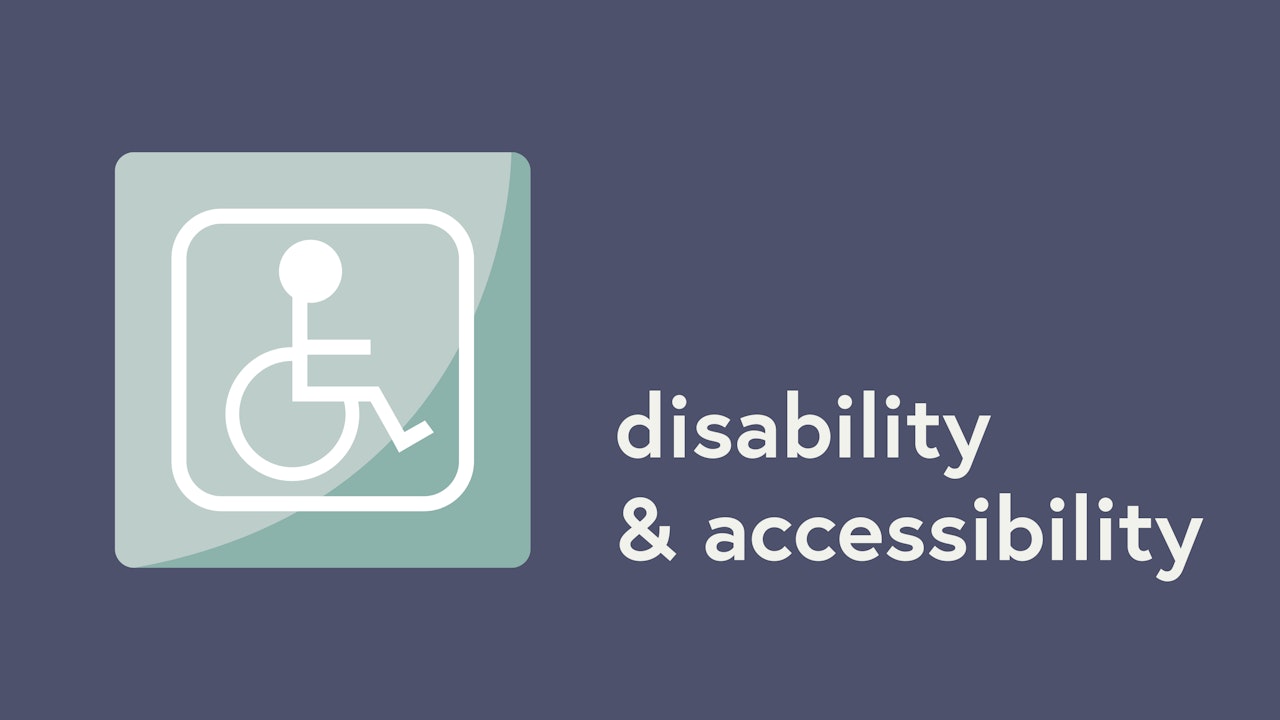-
How Should I Refer to People Who Have Intellectual Difficulties?
When referring to a person with intellectual difficulties, it’s important to choose your words carefully. Keep the conversation centered around their individuality, as opposed to their condition. Here are some tips for using inclusive, supportive language.
-
How to Accommodate Employees Who Are Deaf or Hard of Hearing
Explore best practices that will help employees who are Deaf or hard of hearing to stay productive, motivated, and contribute their best work. Learn about assistive technologies, accommodations for service dogs, and other practices that will ensure your organization is both compliant and inclusive.
-
What is Down Syndrome?
Get a basic definition of Down syndrome, a genetic disorder that affects about 1 in every 800 American babies, affects facial features and speech, causes intellectual disability, and an increased risk for various health conditions.
-
How to Recruit Employees with Intellectual and Developmental Disabilities
People with intellectual and developmental disabilities serve as dedicated and valued employees at many organizations. Learn how to recruit employees who have intellectual and developmental disabilities.
-
Communicating Effectively with People with Intellectual Disabilities
Benefit from these helpful best practices for communicating and collaborating effectively with people with intellectual disabilities. Learn how to adapt your communication style to fit the needs of your colleagues.
-
What is Developmental Disability?
A developmental disability involves one or more chronic impairments to physical ability, learning, language, and behavior. Understand the meaning of developmental disability.
-
The Business Benefits of Disability Inclusion
By making small investments in disability inclusion, companies receive multiple benefits, ranging from increased revenue and improved employee retention to lower turnover costs and higher productivity. Learn the ROI of Disability Inclusion.
-
Is it Okay to Ask Someone if They Have Autism?
Understand why it’s overly personal and inappropriate to ask someone about their medical conditions, including whether they have Autism Spectrum Disorder, or ASD. Medical and psychological conditions are deeply personal topics that many people don’t feel comfortable discussing.
-
The Benefits of Hiring Individuals with Intellectual Disabilities
Hiring people with intellectual disabilities is a win-win for companies and their employees. Learn about the benefits of tapping into this talent pool.
-
Guidelines for Communicating with Employees Who Have Autism
In order for employees with autism to reach their full potential, it’s important to be intentional about your communication choices. Here are a few strategies for creating stronger communication with coworkers who are on the autism spectrum.
-
Examples of Intellectual Disabilities
An intellectual disability limits intellectual functioning, as well as everyday social and practical skills. Learn about some of the most common types of intellectual disabilities.
-
Best Practices for Respectful Interaction w/ People with Neurological Conditions
These considerations will help you ensure your workplace is welcoming and respectful to people with cognitive, psychological, and learning disabilities. Includes tips for communication and optimizing the physical environment.
-
Assistive Technologies for People Who Are Blind or Have Low Vision
For people who are blind or have low vision, assistive technologies can be essential to effectively navigating the physical and digital world and communicating with others. Here are a few common assistive technologies you should know.
-
Assistive Technologies for People Who Are Deaf or Hard-of-Hearing
People who are Deaf or Hard-of-Hearing may require multiple assistive technologies in the workplace. Here are some of the most common assistive devices you should know about because they help to create a culture of inclusion and clear the path for people to do their best work.
-
Is Autism a Disability?
The Americans with Disabilities Act (ADA) classifies Autism Spectrum Disorder (ASD) as a disability and protects people with ASD from employment discrimination. In contrast, some people don’t consider ASD to be a disability, but rather a difference, or even an advantage.
-
Adaptations to the Physical Environment for People With Disabilities
In recent decades, public spaces have adopted various physical adaptations to improve accessibility, but there is still work to be done. Here are a few physical adaptations that enable people with disabilities to move through the world more easily.
-
Best Practices for Interacting with People Who Are Blind or Have Low Vision
Learn best practices for communicating and interacting with people who are blind or have low vision. These practices, often called ‘Disability Etiquette,’ will help you ease communication and feel more confident that you’re being respectful.
-
How Can Outdoor Spaces Be More Accessible and Inclusive?
Understand why outdoor spaces are often inaccessible to people with disabilities and how they can be made more inclusive.
-
How Does Alternative Text Make Visual Content Accessible?
Examine how alternative text, or “alt text” for short, allows web page visitors with low vision to access visual content with the help of a screen reader: a type of assistive software technology that translates alt text into helpful content descriptions that are spoken aloud.
-
What is Autism Spectrum Disorder?
Autism Spectrum Disorder (ASD) is a developmental condition that causes social, communication, or behavioral differences. Gain clarity on what ASD is.
-
What is Disability?
Understand the different dimensions of the term “disability,” as well as some important things to remember when discussing disabilities.
-
Accommodations for People Who Are Blind
Here’s helpful guidance for making your workplace accessible and productive for people who are blind or have low vision. Confirm what’s required by the Americans with Disabilities Act (the ADA), how to accommodate service dogs, and other actionable advice for business practices and policies.
-
Welcoming Neurodiversity in the Workplace
Expand your understanding of neurodiversity and the many forms it may take. Recognize the stigma that causes some individuals to keep their neurodiversity secret. Learn best practices for inclusion at your organization to maximize the proven benefits that neurodiversity can bring.
-
How Employees with IDD Contribute to the Workforce
Expand your thinking about the benefits of adding employees with intellectual and developmental disabilities (IDD) to your team. Consider that people with IDD can fill existing positions and perform well in many areas of business operations.


























